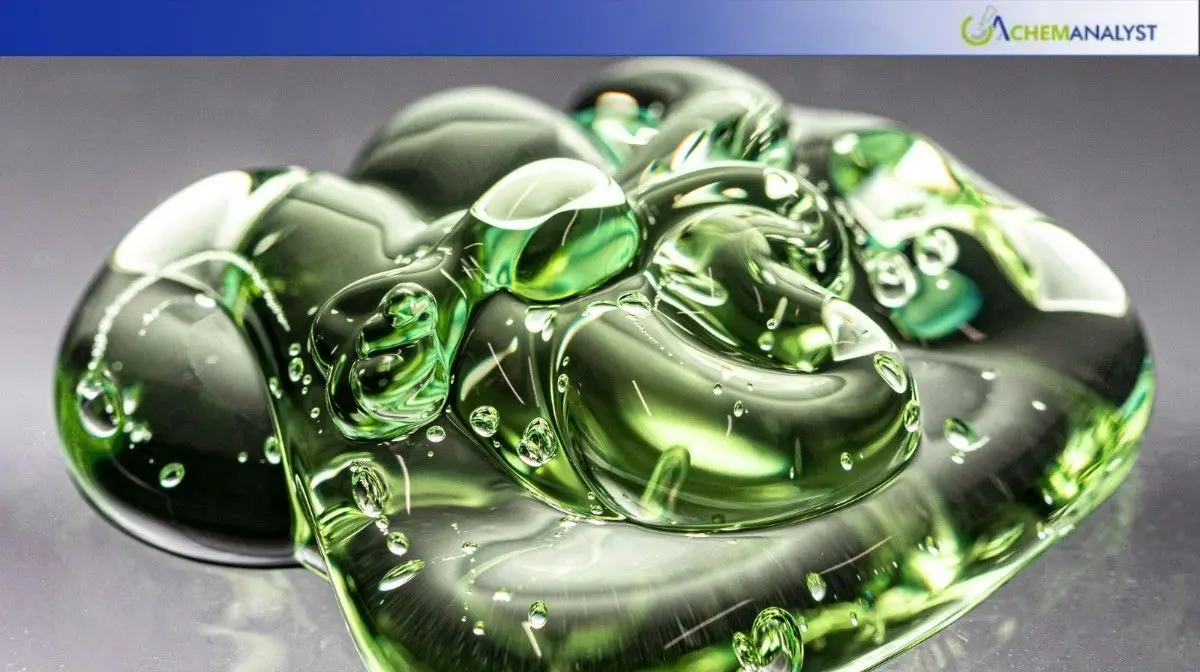Welcome To ChemAnalyst

In Germany, the price of Ethyl Acrylate remained the same even though feedstock costs went down and the construction and coatings sectors had weak demand. Ethyl Acrylate Producers have put a lid on output and controlled inventories to balance supply with demand, while moderate exports have made it easier to continue this situation. Going into Q4, market sentiment remains cautious.
In the German market, Ethyl Acrylate has survived price wars and kept the price stable till mid-October. This happens even though feedstock costs and downstream demand have declined significantly, thus questioning the strength of the chemical's pricing style.
The two major sources of Ethyl Acrylate—which are ethanol and acrylic acid—have undergone drastic price cuts in the last few months. The Ethanol and Acrylic Acid experienced a decline in its trend. Acrylic acid is still facing downturns in its price due to poor demand from the manufacturers of hygienic products and glue.
Typically, such plunges would lead to lower production costs for Ethyl Acrylate, which in turn would cause its market price to be reduced. But, the producers in Germany kept the prices unchanged.
The building and painting industries—two key users of Ethyl Acrylate—have also encountered some obstacles. The construction industry in Germany has been affected by cuts in public spending for infrastructure projects, while the coatings sector struggles with decreased demand for Ethyl Acrylate coming from the automotive and industrial sectors. These reasons have taken a toll on the consumption of Ethyl Acrylate; nevertheless, prices have not been responsive.
According to the market analysts, the reason for this price stability is the disciplined approach to supply management. Ethyl Acrylate production has been reduced by German manufacturers so as not to exceed the decline in demand; thus, oversupply is avoided, and the price remains balanced. Furthermore, the careful management of inventories has prevented the situation of being overloaded with stocks, which could have led to price cuts.
Exports have also been a factor. The moderate demand from neighboring EU countries and Eastern Europe has helped absorb the surplus volumes and has acted as a buffer against the domestic market softness. This export activity has been the key factor in maintaining the price levels despite the local demand challenges.
In addition, the market sentiment is still cautious. The buyers and the sellers are experiencing a “wait-and-watch” situation, expecting the energy prices and the macroeconomic indicators to change before they make any significant pricing moves.
The present price plateau, however, is projected to last till the end of Q4, but if the prices of feedstock continue to decline or the downstream sectors do not recover, the volatility could reappear. The winter season ahead together with geopolitical issues and energy market swings may still have a say in the direction of Ethyl Acrylate prices.
We use cookies to deliver the best possible experience on our website. To learn more, visit our Privacy Policy. By continuing to use this site or by closing this box, you consent to our use of cookies. More info.
